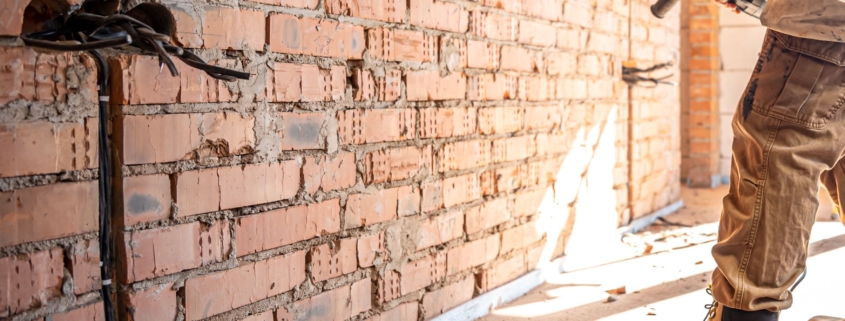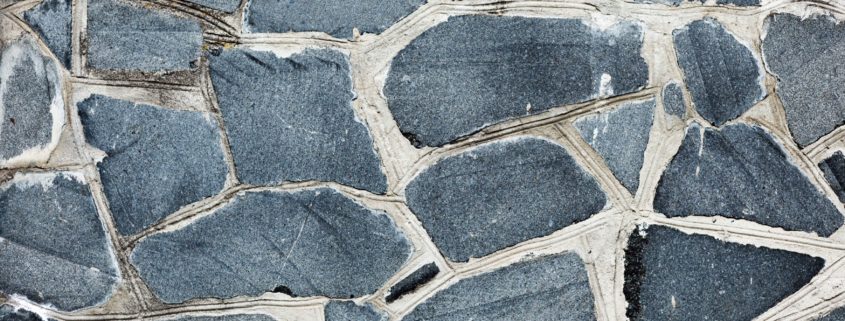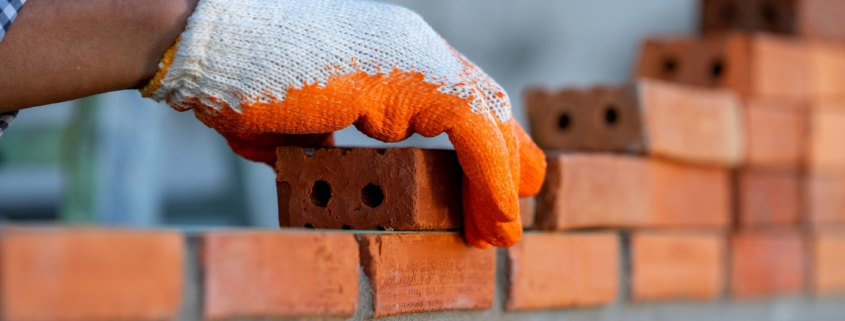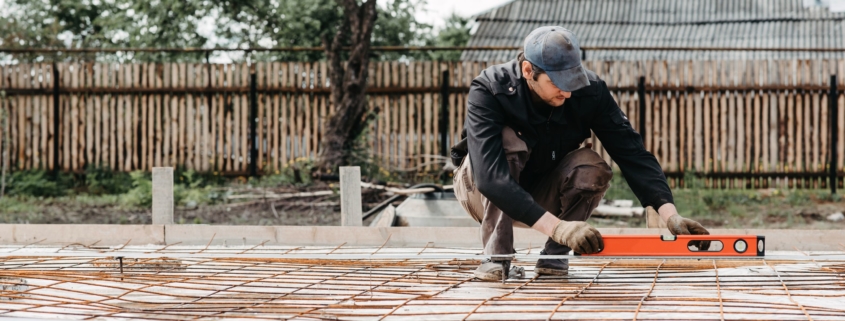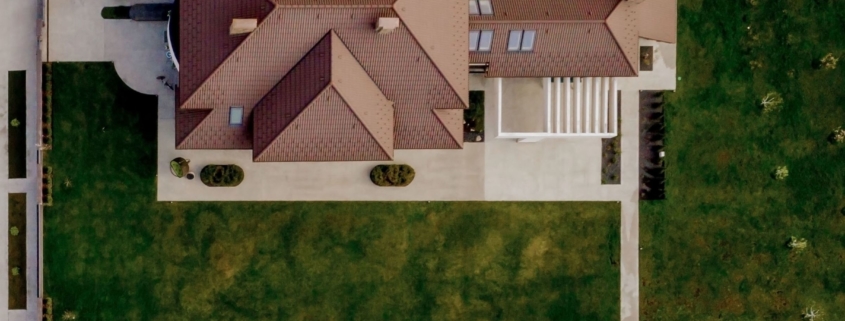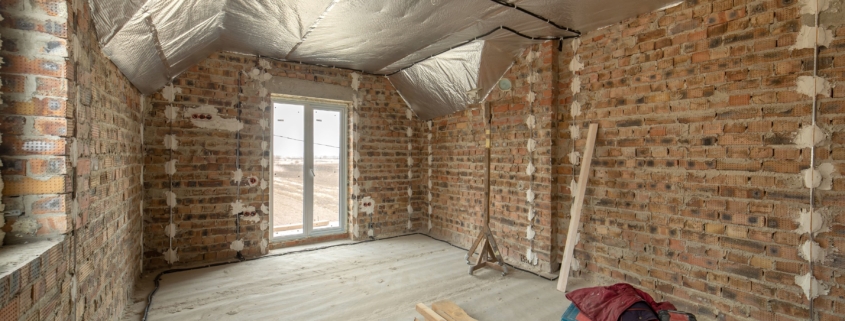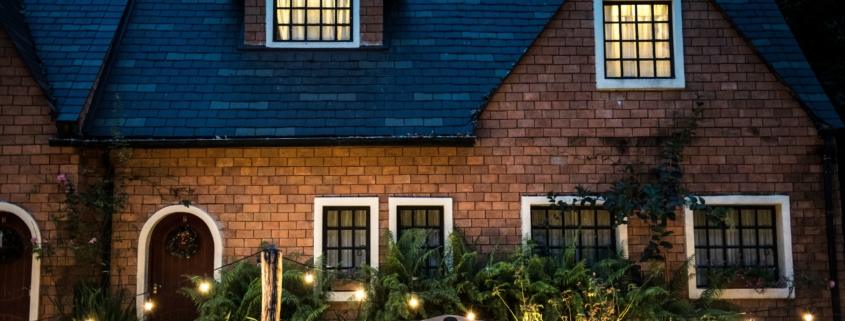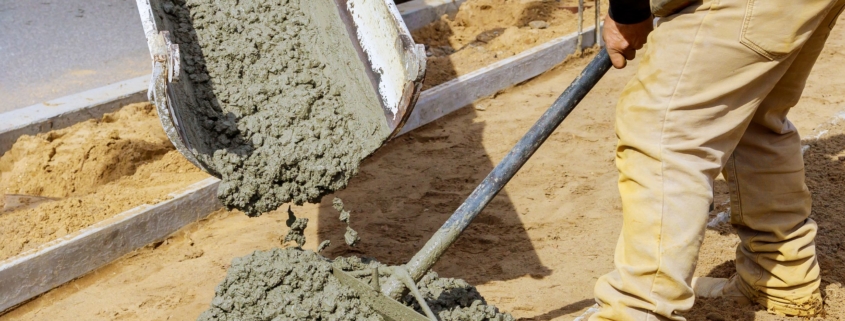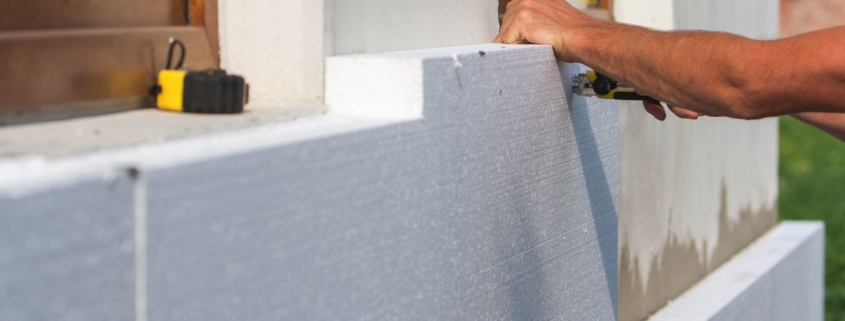The Better Option: Concrete vs. Stone
Concrete and stone are useful for many things when it comes to paving driveways, making walkways, building patios, and constructing retaining walls. If you are interested in finding out which one of these two popular materials would be the best for your next project, we’re about to finally discuss it and reach a verdict.
Now, let’s assess all the factors into consideration before arriving at a final conclusion. Which is the better option for your construction project: concrete or stone?
Understanding Stone
Stone is not manufactured in a factory, but is rather produced from several natural ingredients that are slowly formed in the ground over thousands of years. Pavers made of natural stone have a quality that is difficult to ignore.
There are several explanations behind the premium price that often comes with stone materials. First, supply is limited. It takes many thousands of years for stone to form in the ground. And second, the stone quarries must be excavated out of the earth. While the initial price is more expensive for stone, it may require less upkeep because of the variety of strengths, such as granite’s low porosity and high durability, which makes it largely resistant to stains.
There are certain factors to consider when utilizing natural stone for a retaining wall, pillars, or other kinds of upright structures. One good example is that between the stones there are usually tiny holes and cracks, meaning drainage may become an issue. Instead of using towering retaining walls, which are more costly, stone uses shorter retaining walls which are less expensive.
Some stones, such as granite, have varied capabilities, which may lead to a more lasting end product if used in place of concrete. Both concrete and stone may require sealants to keep them from deteriorating.
A striking feature of stone is that it seems stunningly different every time and its classic appearance cannot ever go out of style. If you don’t want to use mortar or specific connections, consider stone to form retaining walls. It’s important to keep in mind, though, that stone is unsuitable for heavier traffic or larger walls.
Understanding Concrete
Concrete is not made of natural materials and is formed at a manufacturing plant by using various raw materials mixed together. Cement, aggregate, pigments, and dyes are combined to make concrete. Since concrete pavers cost less to make, they are an inexpensive alternative.
While concrete typically costs less to acquire and install compared to stone, it may turn out to be more expensive in the long run. The former is more likely to break and will exhibit cracks in time. Concrete is cheaper to build, but it costs more in terms of routine care, as cracks and other evidence of wear and tear must be filled in. Even so, the material maintains its strength for a very long period if it is well maintained and kept in good shape.
Although concrete is affordable, it also comes in multiple colour and shape options. Concrete, however, cannot appear the same as natural and ancient stones. Concrete is also vulnerable to cracks, and constant repair is required.
The Verdict (Conclusion)
Since purchasing and installing concrete is cheaper, it does not imply that you do not have any extra expenditures to bear. Cracks are common in concrete, and this adds to the overall cost of upkeep. Additionally, stone will start at a higher price, but it will offer a distinctive aesthetic that you can not get elsewhere. It is likely to be durable as well, which means your patio will look good for a long time.
Putting these two materials side-by-side, it may be difficult to come up with a final verdict. But ultimately, this is a decision you’ll have to make based on the task at hand, and on your particular tastes. Trying to discuss concrete or stone materials with masonry specialists can help you decide on the finest option.
Are you looking for masonry services in Toronto? Red Robin Masonry has a track record of being the best in the field. We offer you first-class tools, industry expertise, and well-trained professionals. Don’t hesitate to call us and get your FREE estimate today!


